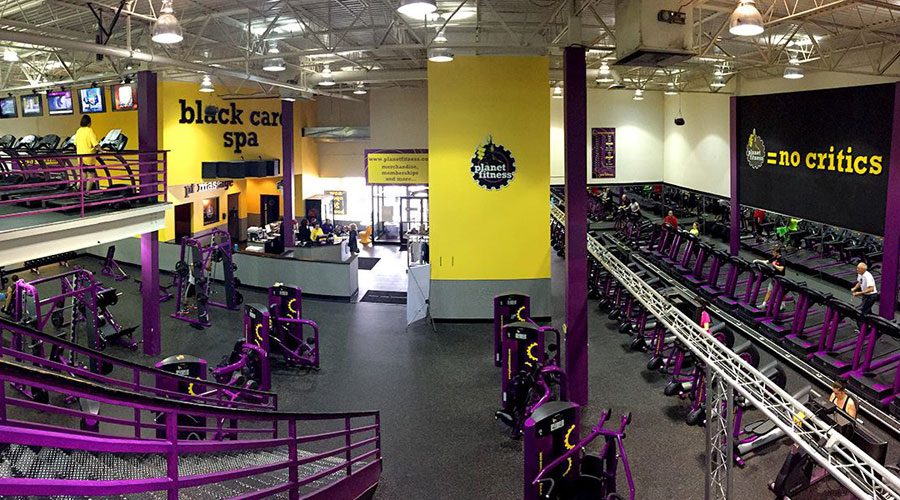By David Clucas
Bucking the trend of general weakness in the active lifestyle retail space, Planet Fitness (NYSE: PLNT) continued to prove that its fitness experience model can outperform.
The budget-gym chain reported October 26 that its same-store sales were up 10 percent in the third quarter of 2016, building on comp gains of 6.8 percent and 7.6 percent in the first and second quarter of this year, respectively. The same-store growth, plus 37 new locations in the quarter, fueled its third-quarter revenue up 26.4 percent to $87 million versus the same period a year ago. Quarterly net income came in at $14.9 million, or 8 cents per diluted share (beating consensus by 2 cents), compared to a net income of $700,000, or 4 cents per diluted share, a year ago.
That all led to Planet Fitness raising its full-year revenue guidance to between $373 million and $378 million versus a previous projection of between $366 million and $372 million.
For a fitness gym to build better gains throughout the year (when growth typically spikes around the new year period) impressed investors, who sent the stock up more than 7 percent to near $22 a share the day following the news.
Growth Drivers
Planet Fitness CEO Chris Rondeau credited the growth to the company’s formula of attracting members at a budget price ($10 a month), and also requiring that at least 2 percent of monthly dues goes toward funding national advertising along with an additional 5 to 7 percent going to local and regional marketing programs. The more franchises that come on board, the more the advertising grows, he said, creating a snowball effect.
“Equally important is the capital spent on keeping the Planet Fitness stores fresh and up to date,” Rondeau said. “This is anchored by a disciplined equipment replacement cycle that ensures the consistent store experience regardless of the number of visits to a store that opened this year or a decade ago.”
Rondeau also noted that the company’s black-card membership penetration (at $20 a month with added benefits) had increased 180 basis points to 59 percent of total members.
Breaking down the third-quarter revenue gains by segment, Planet Fitness saw its franchise business increase 37.5 percent to $27.2 million. The large driver of growth there was its royalty revenue ($15.1 million), which consists of royalties paid by its franchisees on monthly membership dues and annual membership fees. The franchisees, and therefore Planet Fitness, have benefited from more members, now averaging about 7,000 per each of its 1,242 locations, CFO Dorvin Lively said. In addition, the company has been successful in raising its royalty rates over the past year toward its current rate of 5 percent. Through grandfathering, the average royalty rate now stands at 4.01 percent versus 3.65 percent a year ago.
Bumping Up Leverage
At the quarter’s end, September 30, 2016, Planet Fitness reported cash and equivalents of $66 million and a revolving borrowing capacity of $40 million, with $488.4 million in debt.
Rondeau said the company wants to increase those borrowings by about $230 million and increase its revolving credit to $75 million, based on improved earnings keeping the company between a 3- and 5-percent gross-leverage ratio of trailing 12-month EBITDA. Planet Fitness would then consider using the proceeds and additional monies to pay its investors a special cash dividend totaling $280 million.
The proposed move drew some concern from analysts on the call, one calling it “unusual” to take on more leverage to pay a dividend.
Lively responded by saying Planet Fitness had already proven it could de-lever quickly in the past year since it’s been public, and at this time, Rondeau added, it is the best use of cash to maximize value back to the shareholders.
Photo courtesy Planet Fitness
















